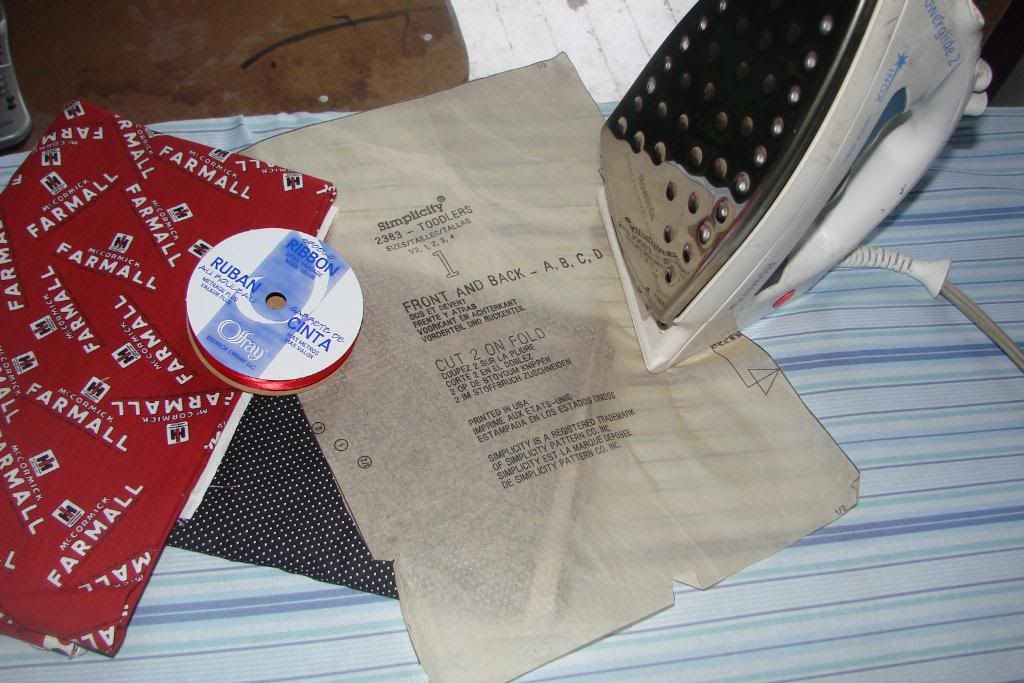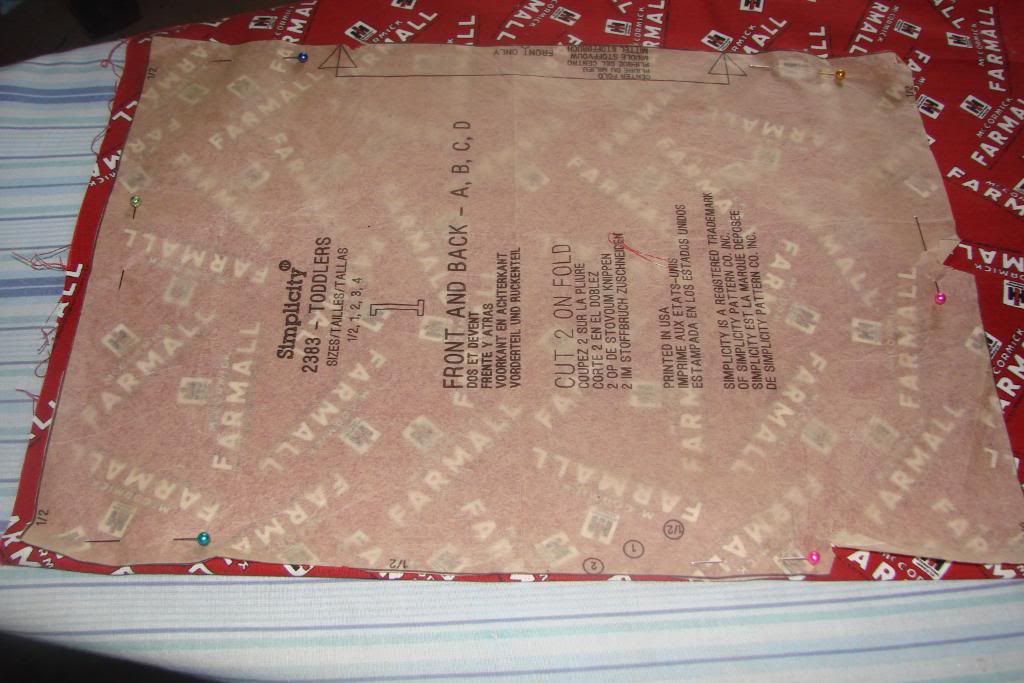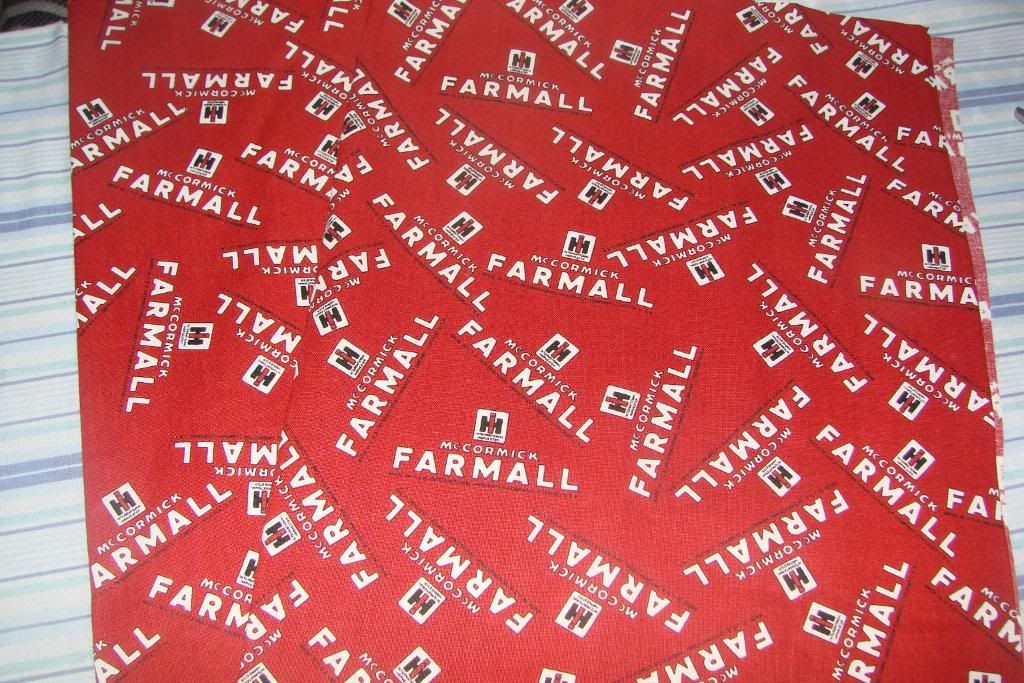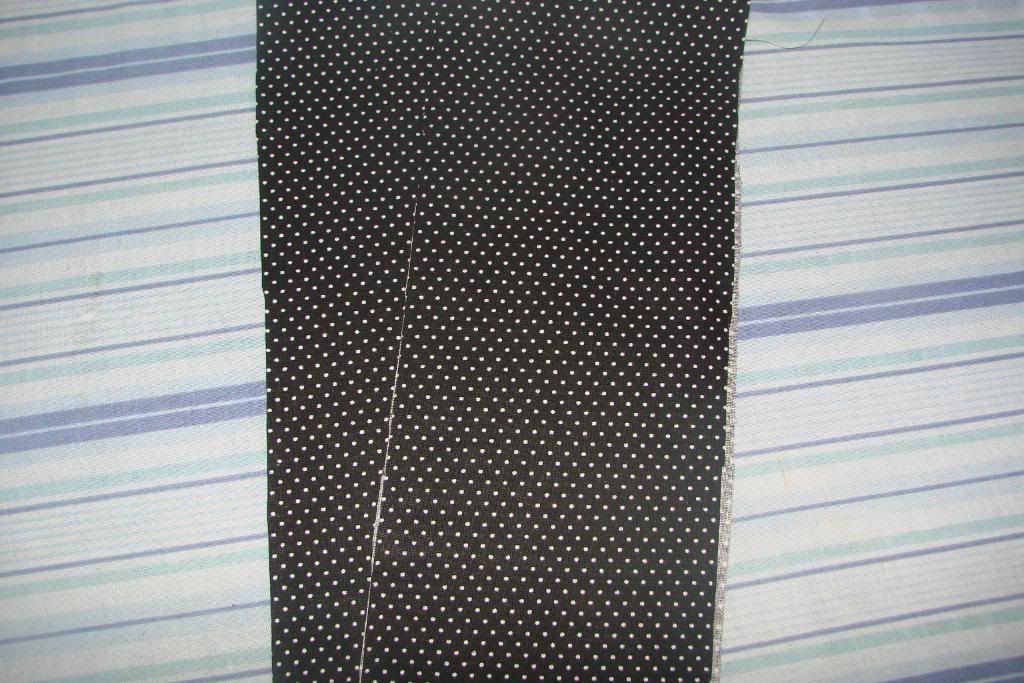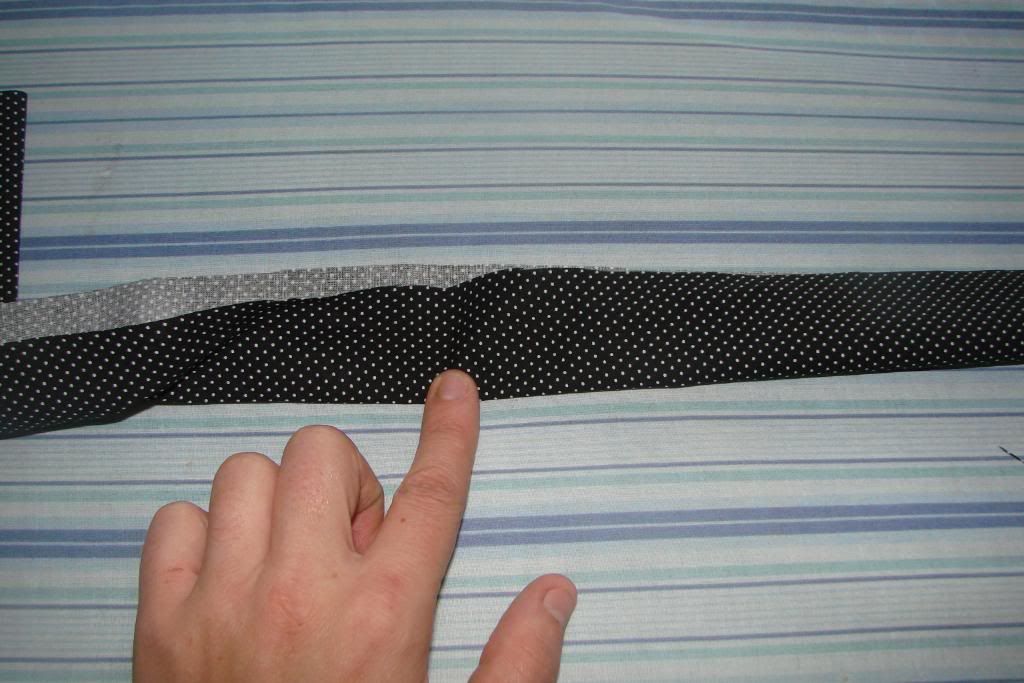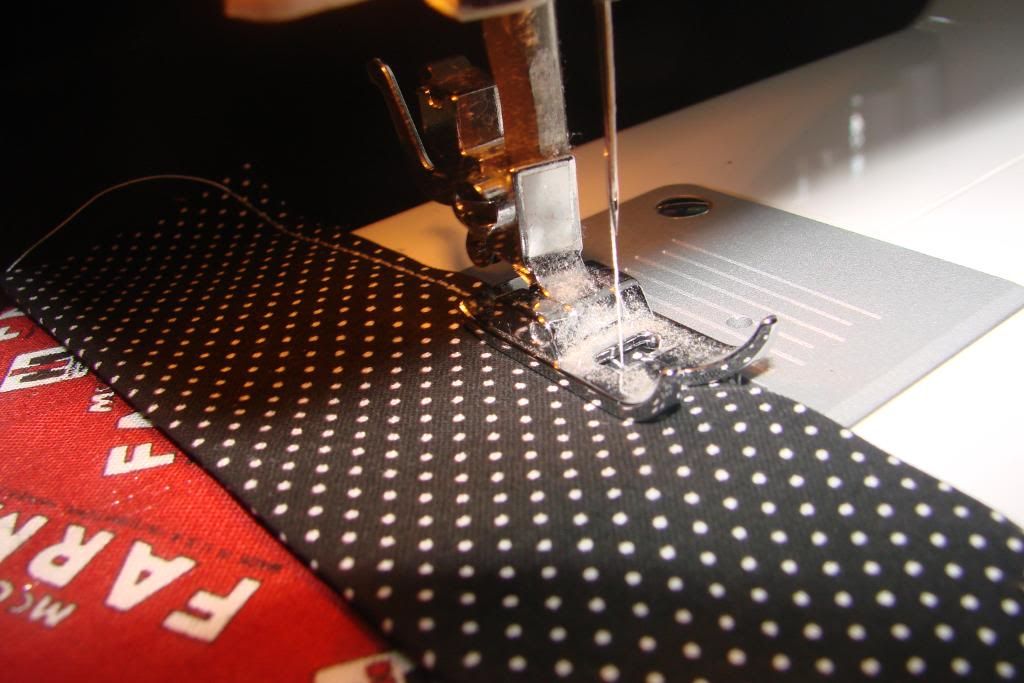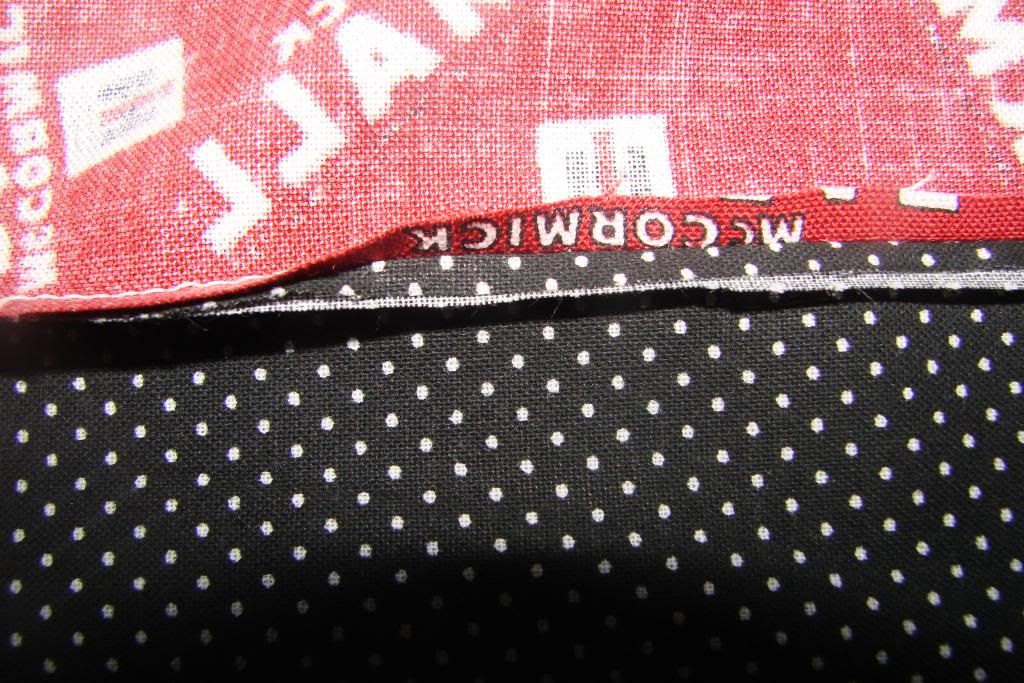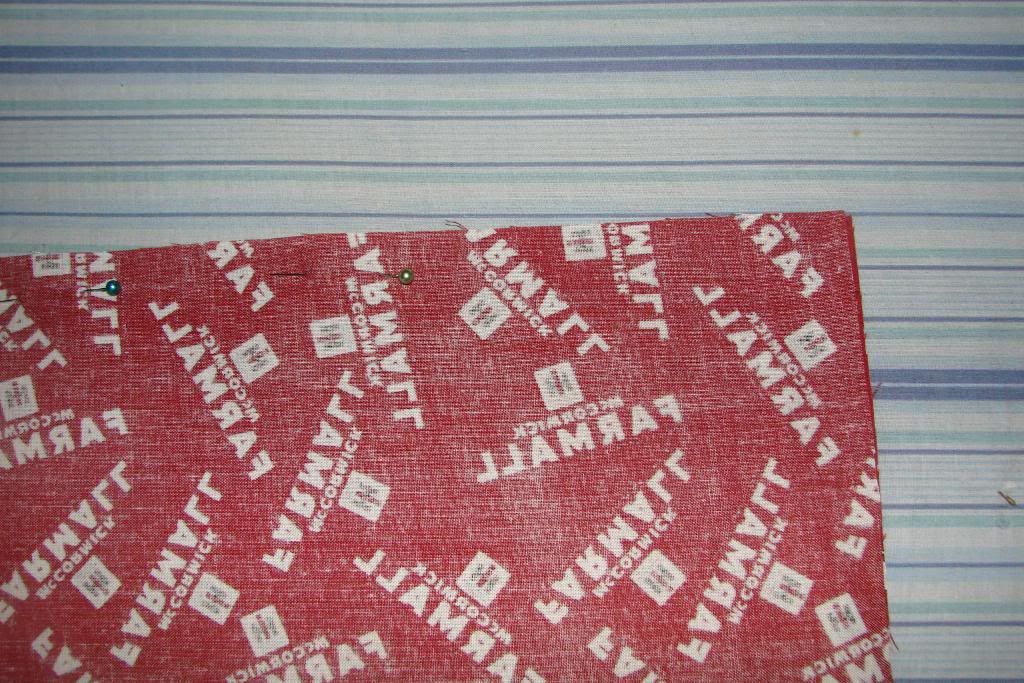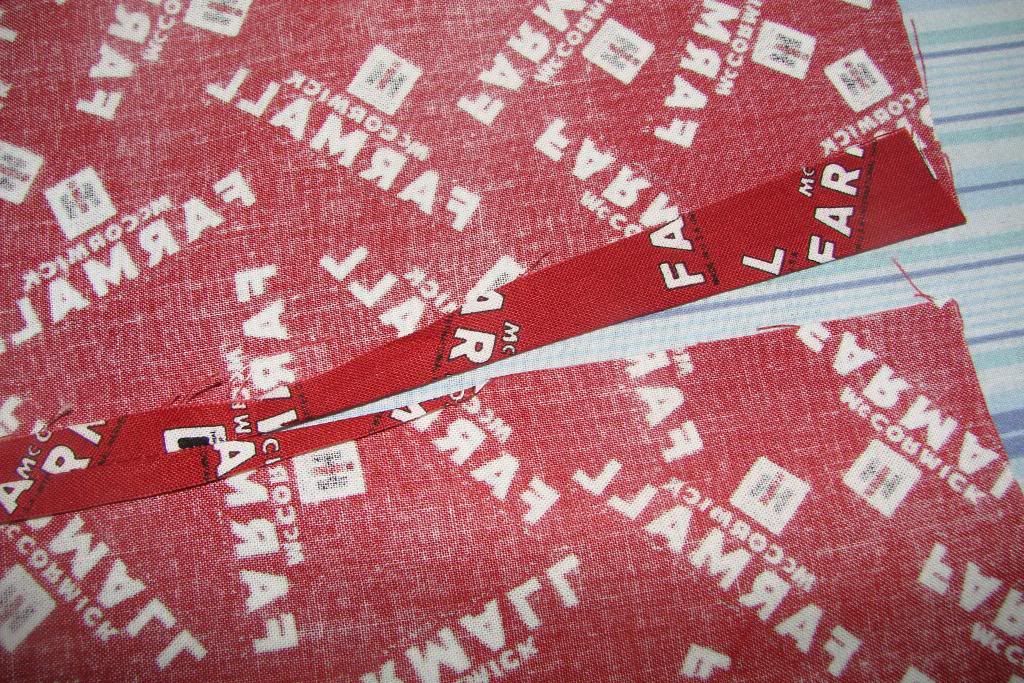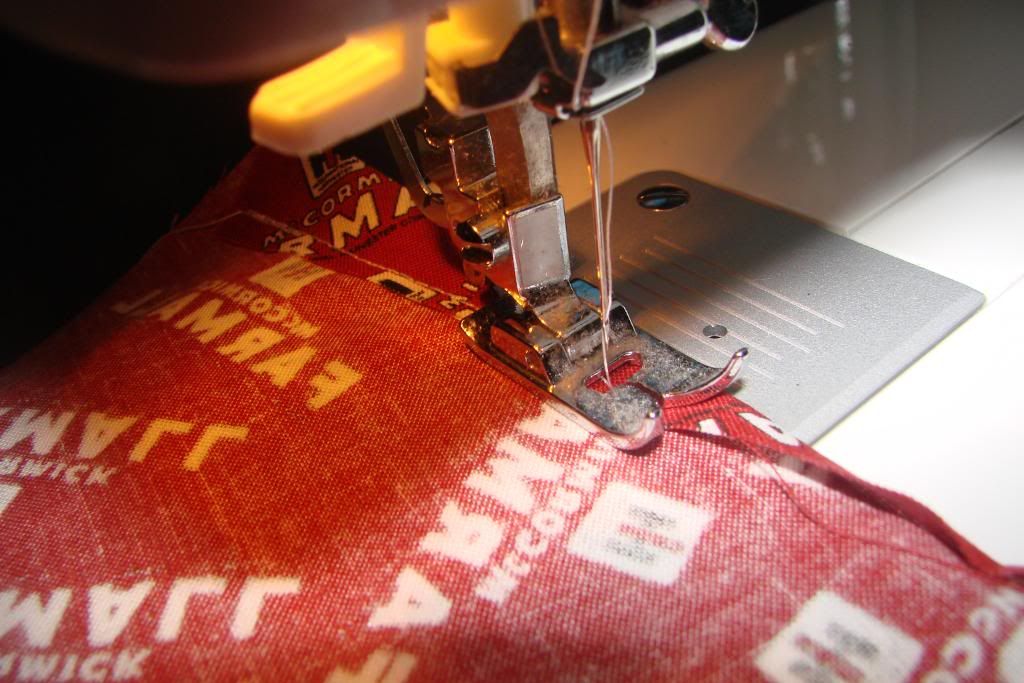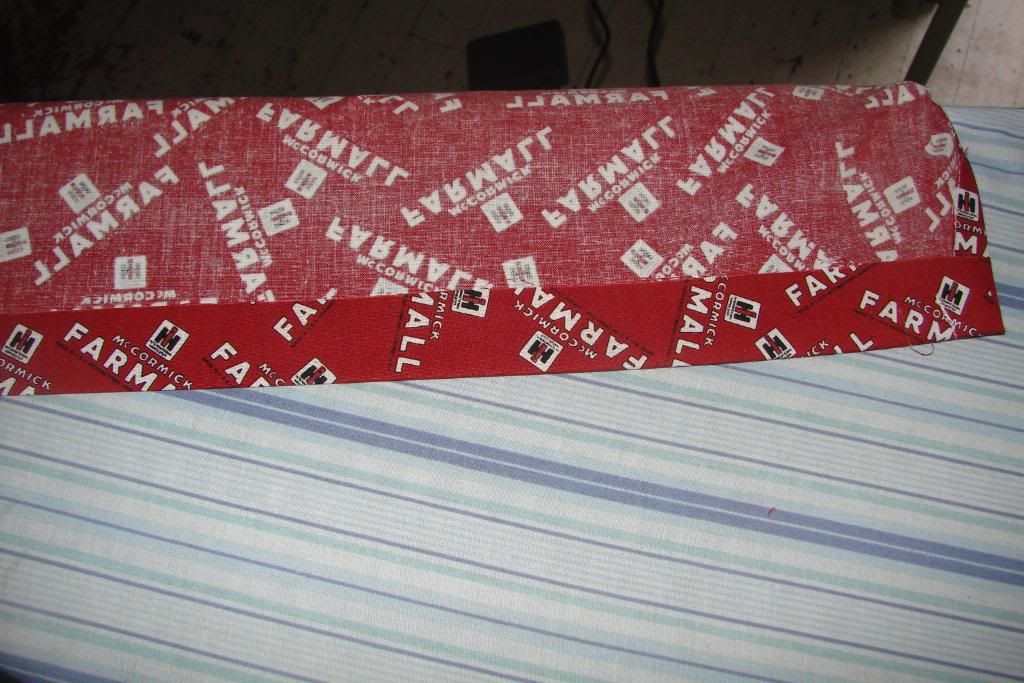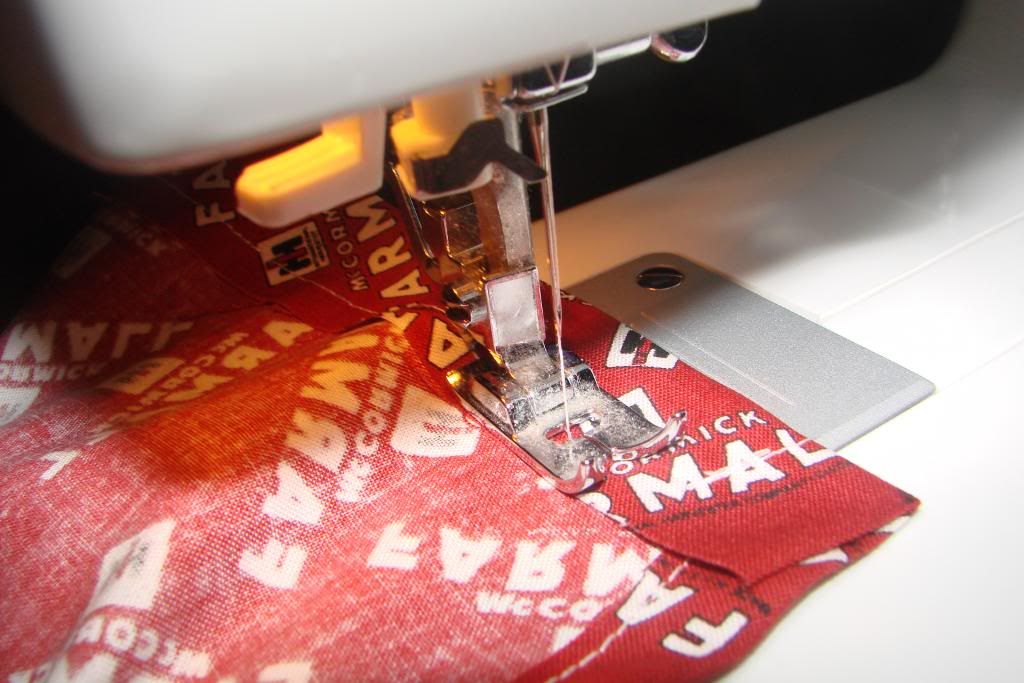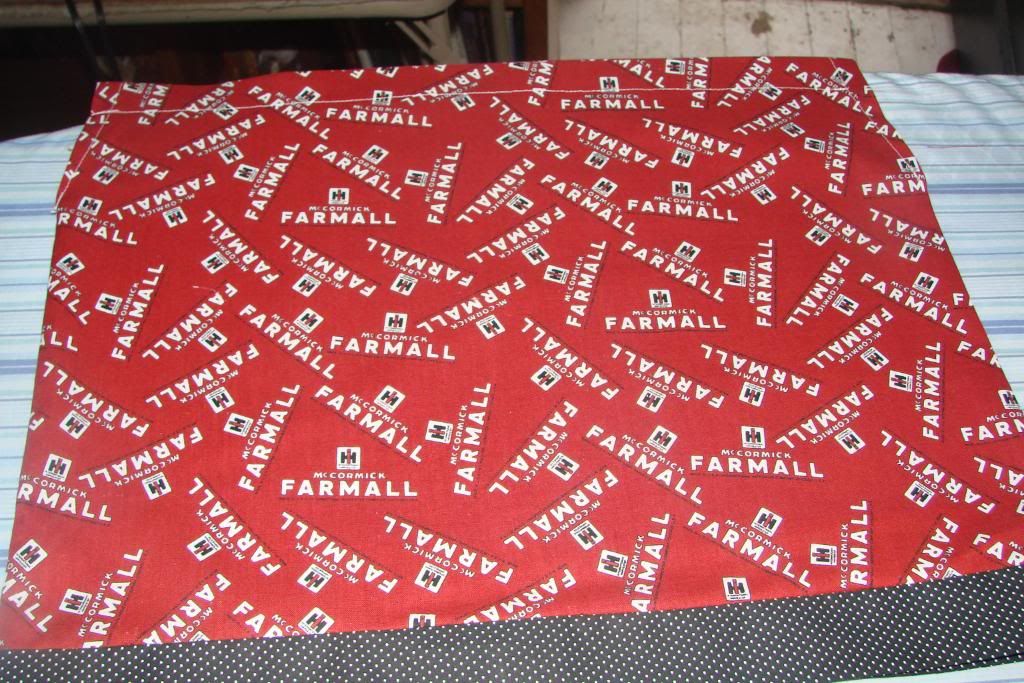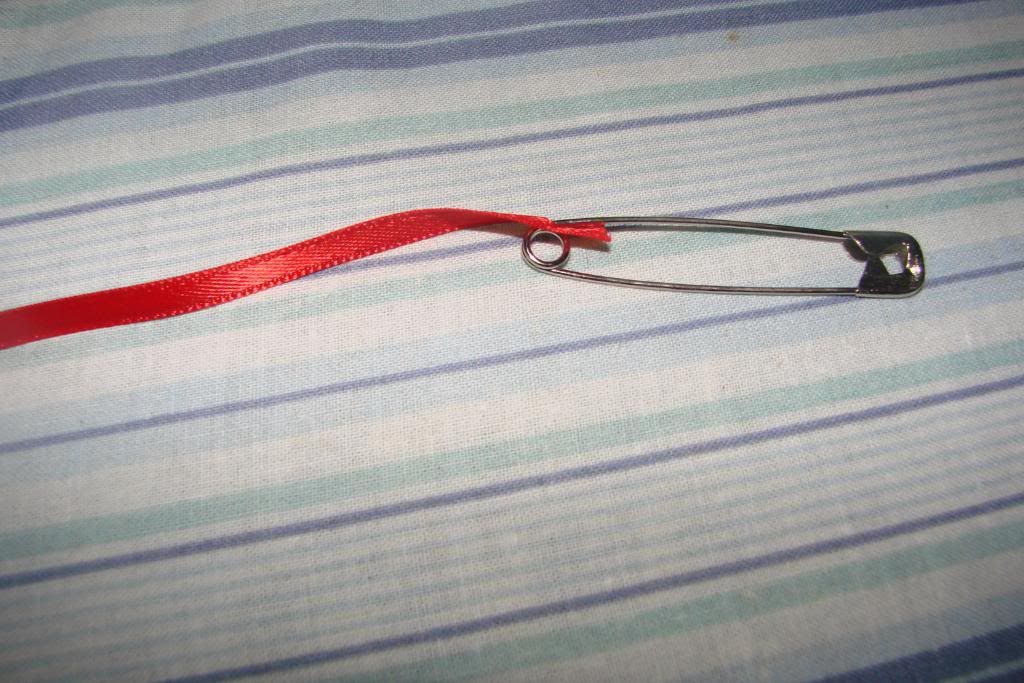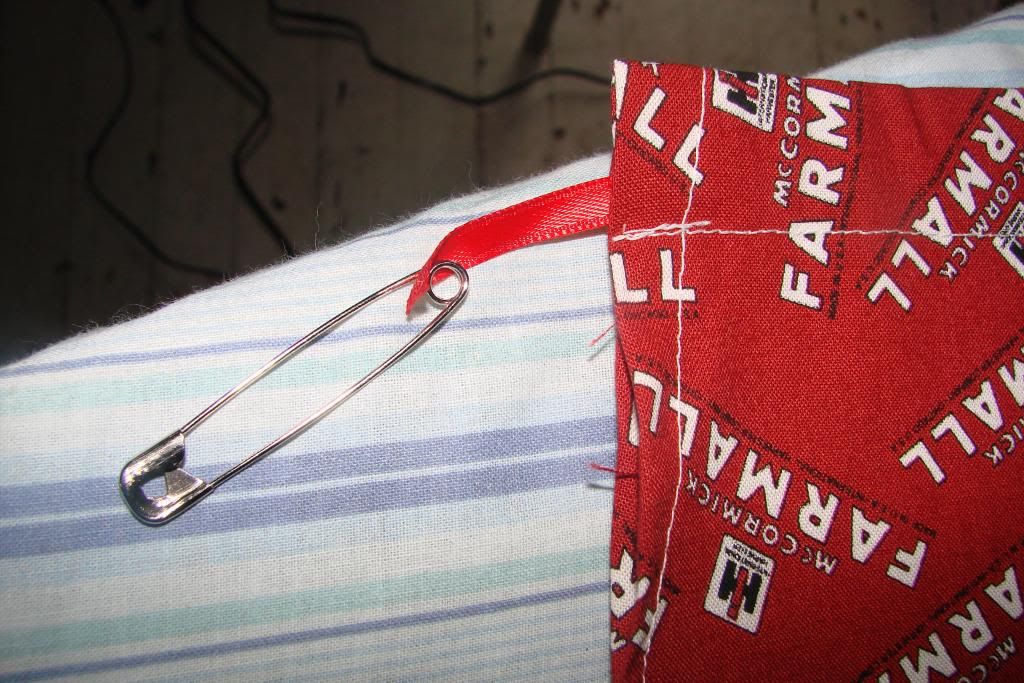Prep-wash all natural fibers (this includes hemp, bamboo, organic cotton, etc.) together the first few times and separately from everything else. Washing them separately from everything else ensures that the natural oils don’t cause repelling issues with the manmade fibers (fleece, microfiber, etc.). After the first few washes separately you can toss everything in together.
| Cow Patties Bamboo insert |
What I do is wash and dry (to help them shrink, all natural fibers shrink about 10%) separately the first two or three times and for the rest of the prep washes I just throw some Cow Patties bamboo inserts in whenever I do diaper laundry.
The natural fiber inserts need to be prep washed several times-the more you wash the more absorbent they become. Some people don’t initially like Bamboo because they think it’s not absorbent but in truth it can take 10-12 washes before Hemp, Bamboo, Organic cotton, etc. reach the maximum absorbency. Once they reach maximum absorbency they are much, much, much more absorbent than any manmade fiber.
| Cow Patties Bamboo inner |
If you have Cow Patties Diapers with the Bamboo inner -see picture to the left- (same with Bamboo wipes) since it doesn’t really work as an insert the covers/diapers don’t need to be prep washed all those times, just the inserts so that they reach their maximum absorbency.
Leaking seems to be a common occurrence around 3-5 washes and if you find that's the case for you don't fret, just wash them a few more times. 99.9% of the time this resolves the issue. If you continue to have leaking issues after 10-12 washes feel free to contact me or Megan and we will troubleshoot with you.
If anyone has any questions regarding prep'ing your new Cow Patties Cloth Diapers feel free to comment on this post.











